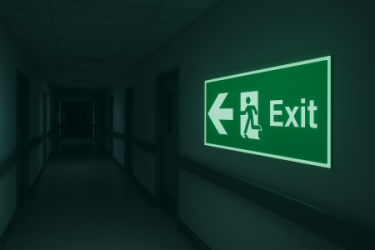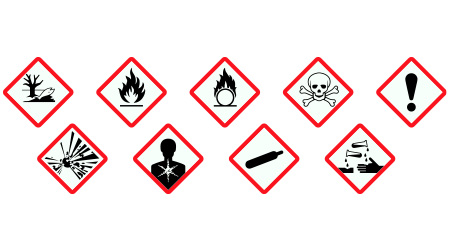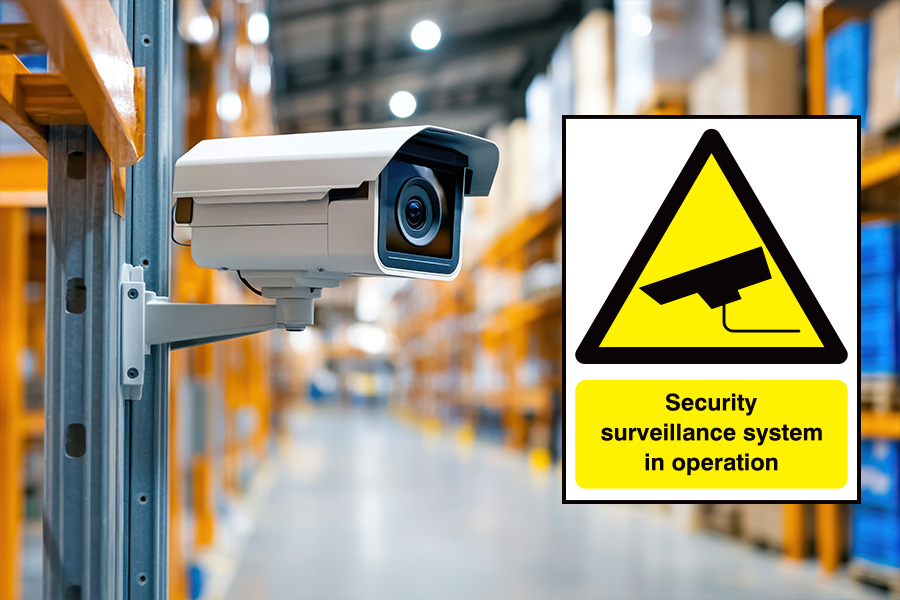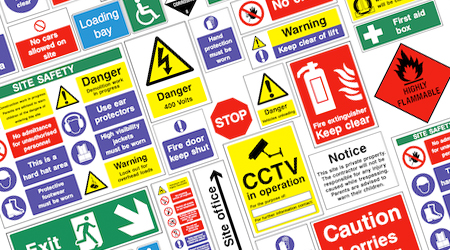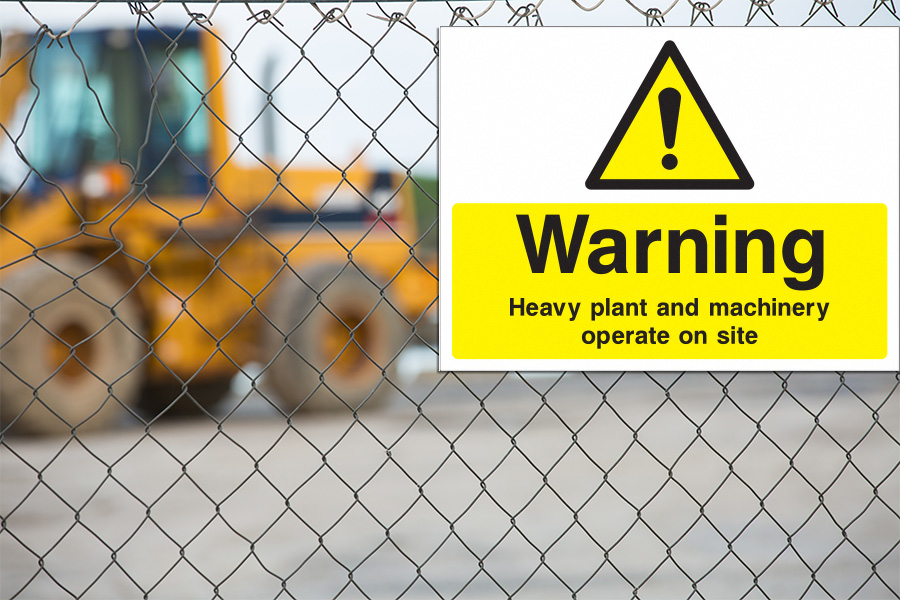How Often Should Health and Safety Signs Be Replaced?
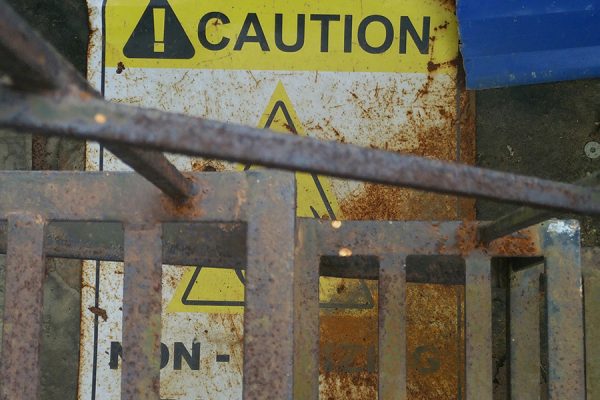
These signs are more than just compliance requirements. They are a key part of managing risk, helping to reduce accidents, guide people to safety, and support a culture of awareness and responsibility.
Often, signs are taken for granted once installed and assumed to remain effective. However, like other safety equipment, they can become damaged, outdated, or unclear over time. A faded fire exit sign or missing warning can have serious consequences, especially during emergencies. Signs must be visible, relevant to the current environment, and meet the latest regulations.
This leads to an important question: how often should you replace health and safety signs to maintain their effectiveness?
Knowing when to update signage, understanding UK legal requirements, and recognising the benefits of keeping signs current is vital for maintaining a safe and compliant workplace. Managing signage proactively helps prevent accidents and shows a strong commitment to safety.
The Importance of Health and Safety Signs
Safety signs play an essential role in alerting people to risks and providing clear directions for safe conduct. Whether it is warning of dangerous chemicals, indicating the location of fire exits, or directing people to wear specific protective gear, signs help communicate essential safety information quickly and effectively.
Their functions include:
- Warning about potential hazards such as high voltage or uneven surfaces
- Identifying safety equipment like eyewash stations or fire extinguishers
- Instructing mandatory behaviours like wearing hard hats or safety boots
- Indicating emergency routes and assembly points in case of evacuation
Without adequate signage, individuals may be left unaware of risks or unprepared in emergencies. This not only puts people in danger but also increases the liability for employers and business owners.
How Often Should You Replace Health and Safety Signs?
Although safety signs are designed to be durable, they do not last forever. There are several situations when you need to replace health and safety signs or update them.
- Physical damage or deterioration: Signs that are faded, cracked, peeling, rusted, or obscured by dirt can no longer be considered effective. If the message is unclear, the sign has failed its purpose and must be replaced immediately.
- Changes in the environment: If a workplace undergoes renovations, layout changes, or process alterations, signs should be reviewed. A new fire escape, relocated equipment, or changes in workflow may render existing signage incorrect or misleading.
- Regulatory updates: Health and safety regulations and best practices evolve. For example, updates to ISO 7010 mean that older signs may not use standardised symbols. While older signage is not automatically non-compliant, updating to the latest formats ensures consistency and clarity.
- Company branding or refurbishment: Businesses often undergo visual upgrades or rebranding. If signage no longer matches the environment or appears outdated compared to other modernised aspects of the premises, it may be worth replacing for consistency and readability.
- User feedback: If staff or visitors express confusion or report difficulty understanding signage, this is a clear signal to reassess. Poorly placed or misinterpreted signs can be just as dangerous as missing ones.
What the Law Says
In the United Kingdom, the use and maintenance of health and safety signage is a legal requirement. Several regulations set out what employers and premises managers must do to ensure people are properly informed of risks and emergency procedures.
One of the main laws is The Health and Safety (Safety Signs and Signals) Regulations 1996. This regulation requires safety signs to be used where a significant risk remains after other control measures are in place. Signs must be clearly visible, well maintained, and use recognised symbols. If a sign becomes unclear or damaged, it should be replaced without delay.
The Health and Safety at Work etc. Act 1974 places a broader duty on employers to protect the health, safety, and welfare of employees and others. If a lack of appropriate signage contributes to an incident, this could be seen as a failure to meet legal responsibilities.
The Workplace (Health, Safety and Welfare) Regulations 1992 also apply. These regulations focus on providing clear markings for emergency exits and safe routes. Signs must be easy to understand and usable even during emergencies such as fires or power failures.
In summary, UK law requires that safety signage remains accurate, visible, and in good condition. Failure to keep signs up to standard can lead to fines, legal action, or serious consequences if someone is injured as a result.
Benefits of Keeping Signage Updated
Regularly updating health and safety signage offers far more than just legal compliance. It provides several practical and reputational advantages.
- Enhanced safety: Clear, well-positioned signs reduce the likelihood of accidents by making sure everyone is aware of hazards and knows how to respond to them.
- Better emergency response: In the event of a fire, chemical leak, or other emergency, having accurate and visible signage can help people evacuate quickly and safely.
- Positive workplace culture: Keeping signage clean, clear, and up to date demonstrates a commitment to safety and professionalism. This builds trust among employees and visitors and contributes to a culture of care and responsibility.
- Protection from liability: In the unfortunate event of an incident, businesses with well-maintained signage and records of regular reviews are more likely to demonstrate due diligence. This can protect against legal claims and insurance complications.
- Compliance with evolving standards: As regulations and industry best practices evolve, updating your signage ensures that your site remains current, avoiding issues during inspections or audits.
How Often Should You Review Your Signs?
There is no official set timeline for replacing all safety signs, but best practice suggests the following:
- Conduct a formal signage review at least once a year
- Inspect signs after any building work, machinery changes, or workflow updates
- Check signage immediately following updates to regulations or safety standards
- Replace health and safety signs that are damaged, unreadable, or no longer relevant
- Respond quickly to staff feedback about unclear signage
Maintaining a record of inspections and replacements is also recommended. This provides evidence of proactive safety management and can be valuable in the event of a legal or insurance review.
Keeping Your Workplace Compliant
Maintaining effective health and safety signage is a legal requirement and a moral responsibility. It plays a critical role in protecting staff, visitors, and the general public from harm. Signs that are damaged, outdated, misleading, or non-compliant do more harm than good. Reviewing signage regularly and replacing it, when necessary, ensures your site remains safe, professional, and legally protected.
At EU Signs Ltd, we specialise in providing high-quality, fully compliant health and safety signage to suit all environments. Whether you need a full signage audit, updated ISO 7010 symbols, or custom solutions tailored to your premises, we are here to help.
Get in touch today to discuss how we can support your health and safety signage needs and help you stay compliant and confident in your safety systems.
Our Products:


